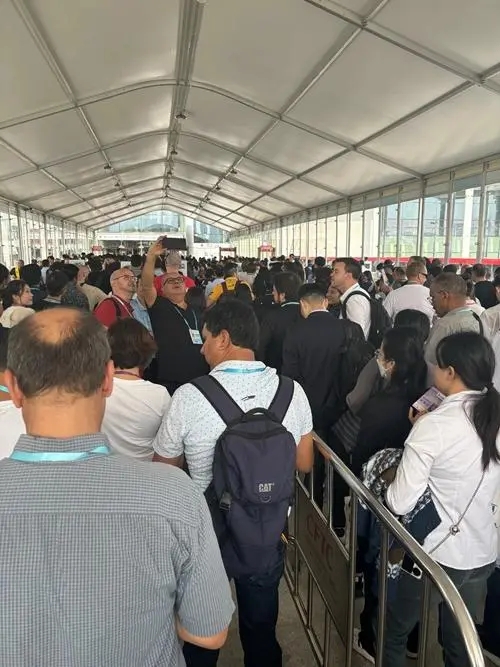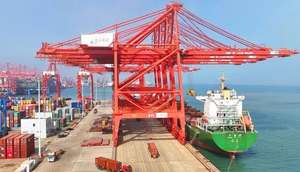
Navigating China's Export Policies and Opportunities: Insights for International Traders
The Chinese export landscape is a dynamic and evolving field, offering a myriad of opportunities for international traders. This article aims to provide a comprehensive overview of the current state of China's export policies, market trends, and the strategic moves by Chinese enterprises to navigate global trade challenges. It is designed to assist foreign businesses in understanding the intricacies of the Chinese export market and to highlight potential areas of cooperation and growth.
China's Export Stability Amidst Global Turbulence
The 135th China Import and Export Fair (Canton Fair), held in Guangzhou, has once again demonstrated the resilience of China's export sector. Despite uncertainties such as the Russia-Ukraine conflict and trade protectionism, Chinese manufacturing enterprises are leveraging innovation to secure orders and maintain competitiveness in the global market.
Innovative Products Drive Export Growth
Highlighting the importance of innovation, companies like Qiangnao Technology have captured the attention of international buyers with their brain-computer interface technology. Their bionic hand, controlled by muscle and nerve signal interpretation through AI algorithms, is priced significantly lower than similar products from international brands, making it an attractive option for overseas agents.
Similarly, Gree Electric's focus on energy-efficient products has resonated with Brazilian importers seeking to meet the increasing demand for sustainable air conditioning solutions. The company's commitment to innovation and customization is a testament to the adaptability of Chinese manufacturers to global market needs.
Uncertainties in the Export Market
Uncertainties in the global economy have led to intensified competition in the export market. Chinese enterprises are diversifying their markets and focusing on innovation to hedge against risks. The "Belt and Road" initiative is a key strategy for many, as they look to expand into emerging markets and reduce reliance on traditional markets that may be subject to trade protectionism.
Despite these challenges, data from the China Machinery and Electronic Products Import and Export Chamber of Commerce reveals a promising start to 2024, with white goods exports reaching $19.2 billion, a year-on-year increase of 18.8%.
Urea Export Policy Eases, Market Responds
Recent policy adjustments have also impacted the agricultural sector. The relaxation of urea inspection regulations has led to a swift market response, with futures prices rising nearly 5%. This policy change is expected to boost the spot price in the short term, although the market will continue to be influenced by international demand and domestic consumption patterns.
Malaysia's Durian Exports to China Projected to Grow
The demand for durians in China, the world's largest importer of the fruit, is outpacing supply. Malaysia, a key exporter, is anticipating a policy breakthrough that will allow for the export of fresh durians to China, a market that currently relies heavily on frozen products. The potential growth of the Chinese durian market, coupled with the implementation of the Regional Comprehensive Economic Partnership (RCEP), is set to enhance trade opportunities and supply chain efficiency in the region.
Supporting High-Quality Foreign Trade Development in Hainan
Haikou Customs has introduced 21 measures to support the high-quality development of foreign trade in Hainan. These measures are designed to enhance the business environment and promote growth in the province's foreign trade sector. Initiatives include supporting the development of cross-border e-commerce, facilitating the import of scientific research instruments under the "zero-tariff" policy, and bolstering the protection of intellectual property rights for local enterprises.
For international traders, these policy insights provide a window into the strategic and innovative approaches adopted by Chinese enterprises and the government to bolster exports. By understanding these dynamics, foreign businesses can align their strategies to tap into the opportunities presented by China's evolving export market.
Note: This article is based on recent developments and data available as of April 18, 2024. For the most current and detailed information, it is recommended to consult with industry experts and official sources.













